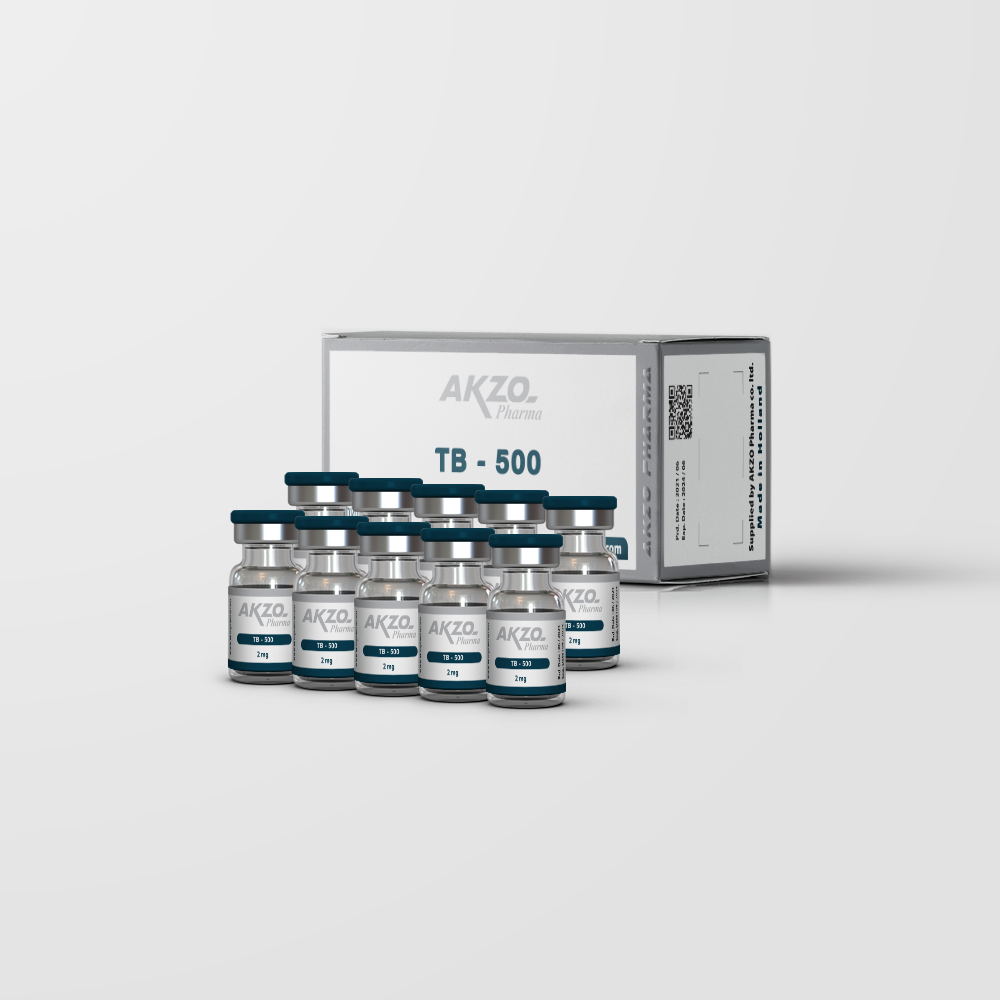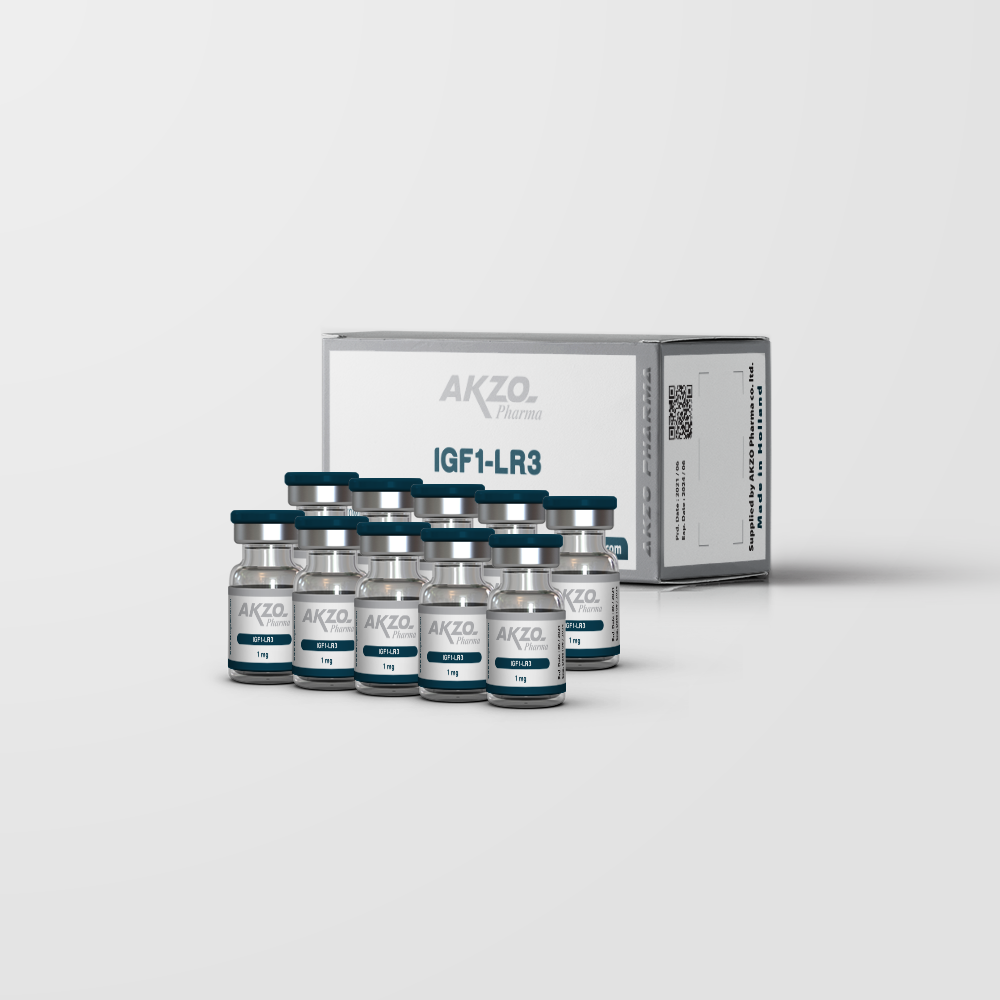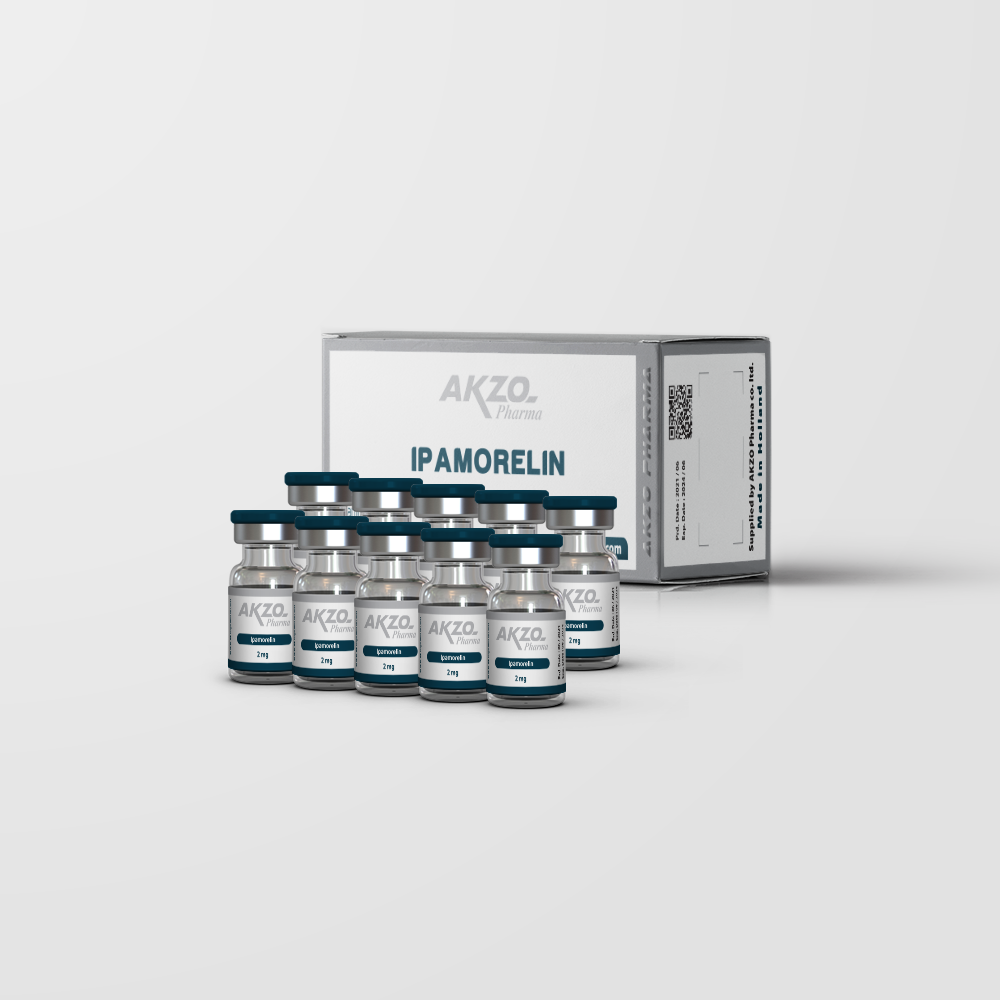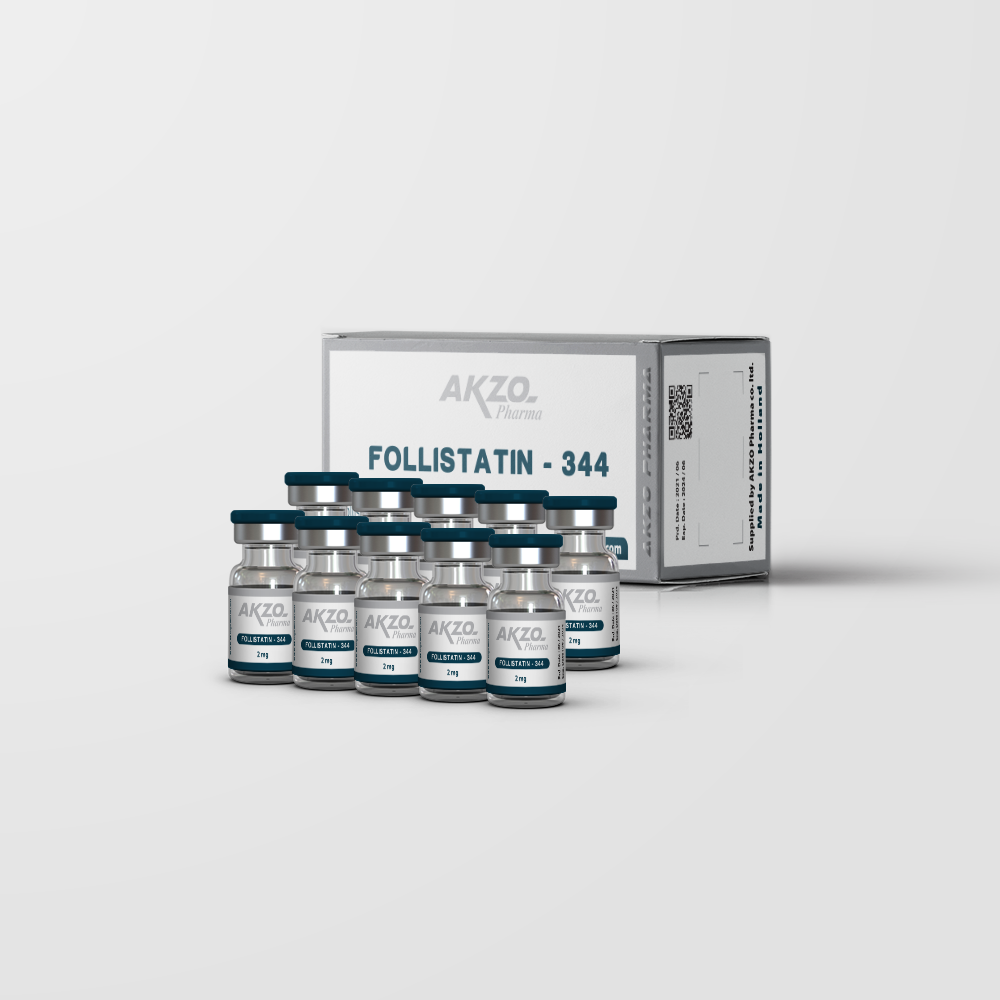TB - 500
TB - 500
Thymosin Beta 4
- POTENCY: 10 iu/vial
- APPEARANCE: lyophilized (freeze-dried) white powder.
- PACKING: 10 x 10 iu/vials
- DOSAGE: 4 iu – 6 iu/day

1.Description
TB-500 is a 43 amino-acids peptide and in humans it is encoded by the TMSB4X gene. TB-500 is a synthetic version of the naturally occurring peptide present in virtually all human and animal cells, Thymosin Beta-4. This potent peptide is a member of a ubiquitous family of 16 related molecules with a high conservation of sequence and localization in most tissues and circulating cells in the body. TB-500 not only binds to actin, but also blocks actin polymerization and is the actin-sequestering molecule eukaryotic cells.
2. Mechanism of action
TB-500 promotes the following:
Endothelial (blood vessels) cell differentiation
• Angiogenesis (growth of new blood cells from pre-existing vessels) in dermal tissues.
• Keratinocyte migration
• Collagen deposition
Decreases inflammation.
One of TB-500 key mechanisms of action is its ability to regulate the cell-building protein, Actin, a vital component of cell structure and movement. Actin represents up to 10% f the total proteins in the celi and therefore plays a major role in the genetic makeup. This potent peptide is a member of a ubiquitous family of 16 related molecules with a high conservation of sequence and localization in most tissues and circulating cells in the body.
TB-500 not only binds to Actin, but also blocks Actin polymerization and is the Actin-sequestering molecule in eukaryotic cells.
The gene which is responsible for TB-500 was identified as a gene that was up-regulated four-to-six fold during early blood vessel formation and found to promote growth of new blood cells from the existing vessels. This peptide is present in wound fluid and when administered subcutaneously, it promotes wound healing, muscie building and speeds up recovery time of muscles fibers and their cells
An additional key factor of TB-500 is that it promotes cell migration through a spe- cific interaction with Actin in the cell cytoskeleton. It has been demonstrated that a central small amino acid long-Actin binding domain has both blood cell reproduction and wound healing characteristics. These characteristics are uncovered by accelerating the migration of endothelial cells and keratinocytes. It also increases the production of extracellular matrix-degrading enzymes. Research confirms that TB-500 is a potent, naturally occurring wound repair factor with anti-inflammatory properties. TB-500 is different from other repair factors, such as growth factors, in that it promotes endothelial and keratinocyte migration. It also does not bind to the extracellular matrix and has a very low molecular weight meaning it can travel relatively long distances through tissues
3. Adverse reactions
There have been no reported side effects during the past few years since TB-500 became popular by athletes. After thorough research, there are simply no reports to confirm any side effects.
4. Instructions for reconstitution
Powder must be dissolved only with the solventprovided.
1. Apply the needle to the syringe. Remove the plastic cover from the vial
2. Break the top of the ampoule containing the solvent. Remove the plastic cover
of the needle. Make sure the
needle is well applied to the syringe. Slowly absorb all the solvent. 3. Inject all the solvent to the vial. This will create a 2mg/ml solution. To prevent foaming, the solvent should be
injected into the vial by aiming the stream of liquid against the glass wall. 4. Following reconstitution, the vial should be swirled with a GENTLE rotary motion until the contents are completely
dissolved. DO NOT SHAKE. The result ing solution should be clear and colorless, without particulate matter.
5. Dosage
1. TB-500 loading phase:
This phase may last between 4 to 6 weeks. The appropriate dosage is 4 to 8 mg per week. Taking into consideration that
the best dosage for each injection is 2mg, the frequency of injection must be 2 to 4 times per week.
2. TB-500 maintainance phase:
The duration of this phase can be as long as needed. The dosage can be between 2-6mg per 2 weeks. So the frequency of injection (with 2mg per injection) must be between 2-3 times per 2 weeks.
6. Storage
• This product can be used not more than 3 years from the production date (see box)
• After reconstitution, may be stored for a maximum of 14 days in a refrigerator at 2°C-8°C
• Store vials in an upright position.
• Store in a refrigerator (2°C -8°C). Keep in the outer carton in order to protect from light . For one month can be stored at room temperature.









